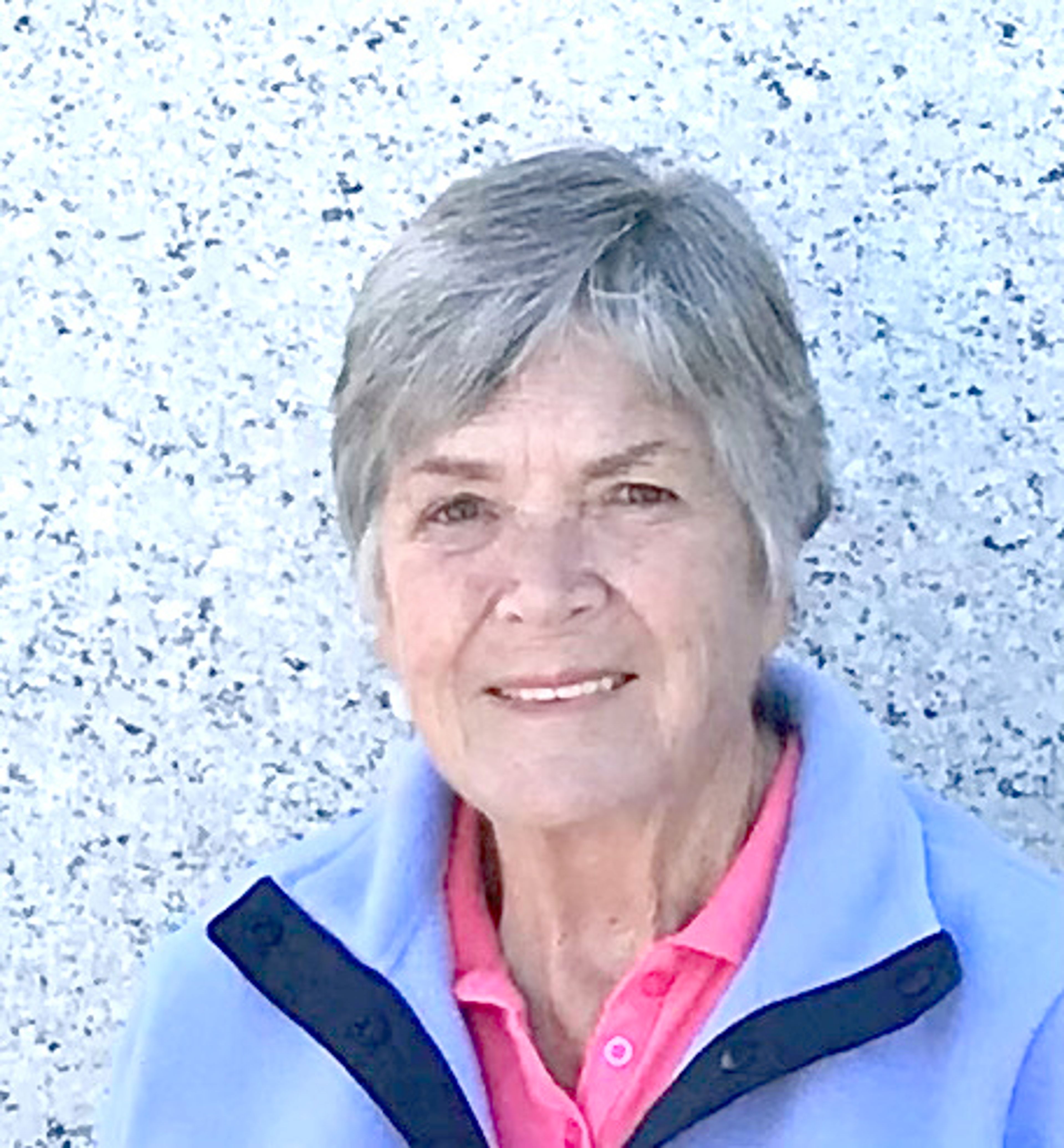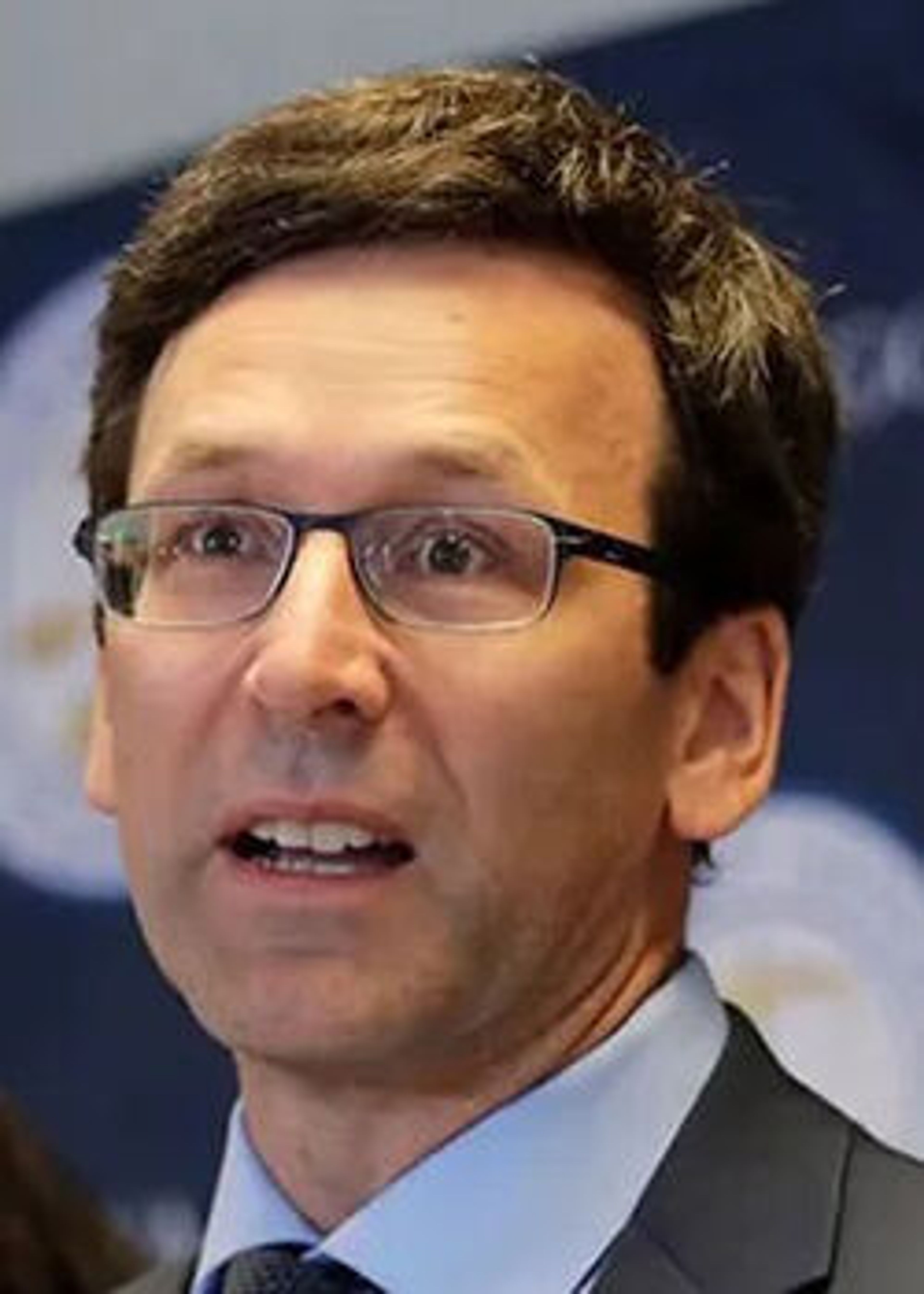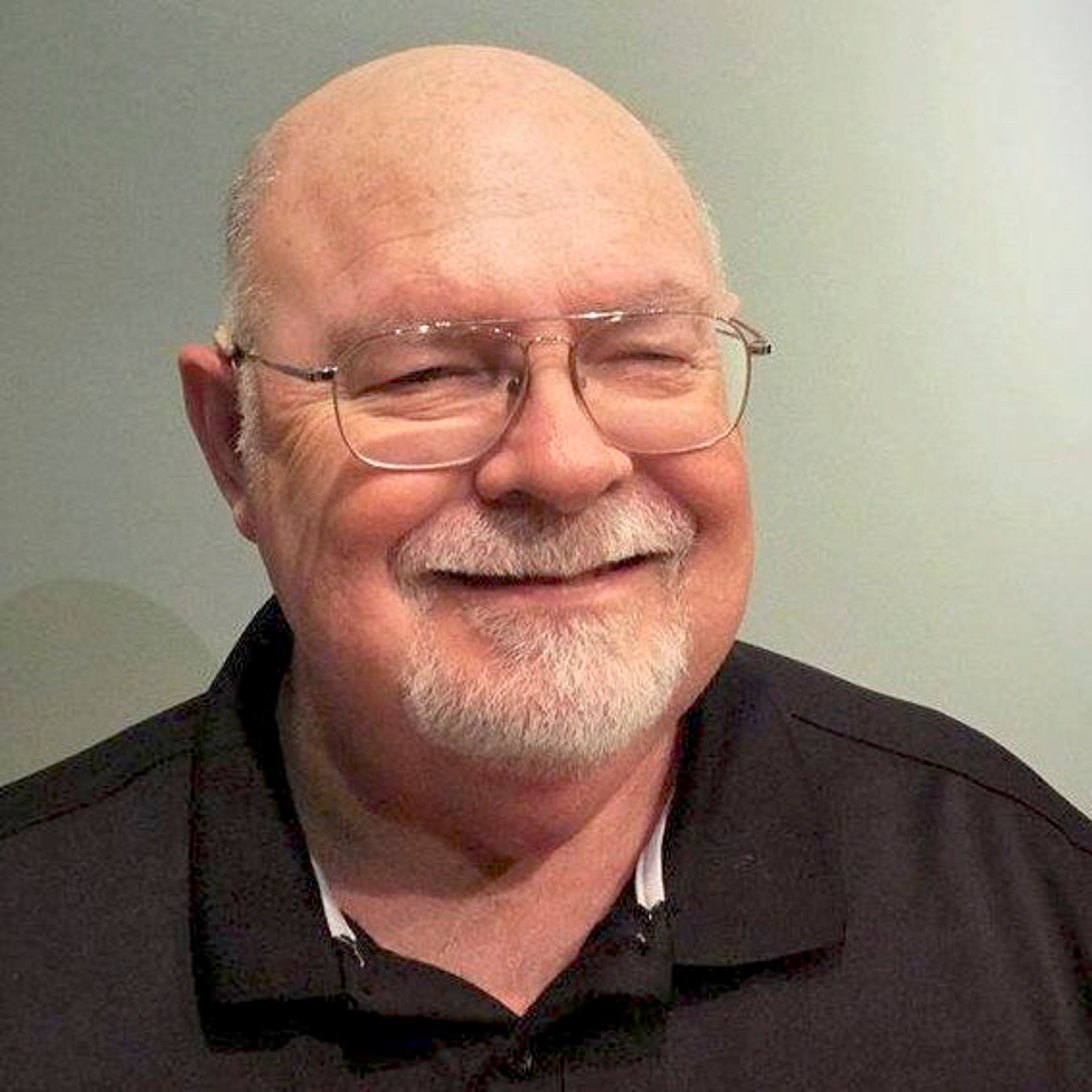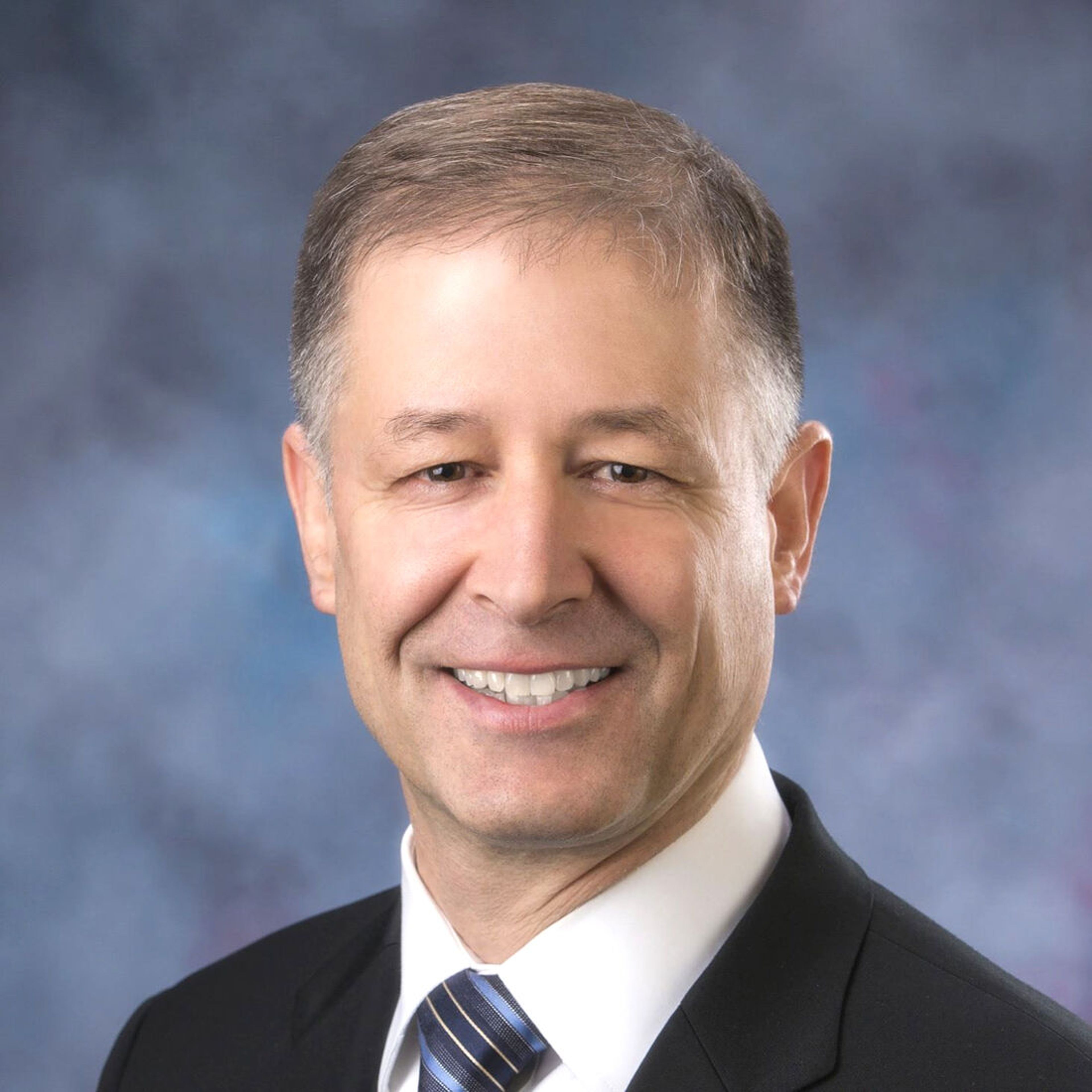OPINION: Your solar and wind power won’t save you when it’s minus 10
So, do you remember what it was like a month ago today? The Clearwater River was frozen over, Lewiston had its first minus 10 degrees night in decades and its streets were covered in compacted ice. Millworkers were laid off and schools were closed or running late because of the snowy and frigid conditions. Remember all that? What you may not remember or even be aware of is the failure of the much-touted, renewable energy production that the fossil fuel-free advocates keep pushing as the only way to save the world. That fallacy was on public display for everyone to see, advocates included.
But we could hardly expect them to be honest and bring attention to the overwhelming failures of their taxpayer-subsidized energy solutions, now could we?
If you had gone by the wind and solar power generation comparison that the Clearwater Power Co. has in place at its headquarters along U.S. Highway 12 east of Lewiston one month ago, you would have seen the solar panel array covered in 3-4 inches of snow and a wind tower that wasn’t spinning because of the high pressure system that had settled in over the Pacific Northwest, which not only brought in the arctic cold temperatures but also stopped all wind movement. As we all know, those cold conditions existed for several days. The snow didn’t melt, the wind didn’t blow and those much-touted renewable energy sources didn’t generate a single watt of power during that time. So on the cold winter days and nights when you really needed a peak, reliable energy source to stay warm and light your way, wind and solar weren’t up to the task.
Speaking from personal experience, I know that once you put more than 1 inch of snow on your solar panels, you won’t be generating any power, even on a sunny day. And anything more than one-quarter inch of snow will cut your power production into the single digits of capacity. Now imagine if you were relying on a 500-acre solar farm around Thornton, Wash., or perhaps somewhere in Garfield County. No one is going to go out and clear 500 acres of solar panels of 4 inches of frozen snow. Which means that even with battery backup, assuming it had time to charge before the storm, after a couple of days, your renewable energy solar farm is nothing more than bunches of silicon wafers out in the cold.
For those folks thinking that rooftop solar is the answer, all you’d have to see is the array on a house along State Highway 99 between Kendrick and Troy. When your array is 2½ stories off the ground, you have no easy way to clear it, either. You just go without power from your system until the weather warms up. A fossil fuel backup looks pretty good in that situation.
No breeze means no wind-generated power, which is exactly what occurred throughout our region during this time last month. So what do you do to keep from shivering in your own dark home?
Well, it’s sad to see that there are people who truly believe that government-mandated heat pumps are the carbon-free solution to keeping you and your family from seeing your breath inside your dwelling. Leaving aside the extreme obscenity of the government taking away your liberty to choose how you want to furnish your castle, we run into the problem of the electricity required to run a heat pump. Heat pumps don’t heat with electricity, but they do need it to operate the system that extracts the heat from the outside air or ground and delivers it into your residence. No electricity means the compressors and electric motors don’t run. And when it gets as cold as it was last month, they can’t transfer enough heat to keep your house at anything approaching a comfortable level.
So what’s the energy tally now?
Well, the sun and the wind aren’t producing any power. The dams have been torn out so the hydropower is gone. Natural gas for baseline power generation or as a backup heating source in your home has been taken away or outlawed by government officials, who won’t suffer any consequences of that decree. And the nuclear power plants have been shut down by the environmental activists.
And where would wind and solar have put you a month ago during those below zero temperatures? Right up a certain frozen creek without a paddle.
Now, to all you letter writers telling us about the evils of carbon dioxide or those students who walk out of class and wave signs demanding a fossil fuel-free world, let’s do a little experiment.
The beans for the coffee that you are drinking required the use of a fossil fuel between where they were grown — Columbia, Sumatra or Hawaii — and your grocery store shelf or coffeehouse.
Take the cup you’re drinking right now as you read this paper and pour it down the sink. If you just brewed a new pot, pour that down the sink, also. For the next 30 days you won’t drink any coffee at all, only tap water. In a month’s time, assuming you don’t go postal on us, you can write us a letter telling us all the benefits of — and how much you saved the world with — your fossil fuel-free sacrifice.
Most of you won’t undertake this experiment. Or if you do, you’ll quit after three or four days. Because the cold hard fact is you want someone else to make the sacrifice of giving up the use of fossil fuels.
Even if it means they have to shiver in the dark.
Hassoldt is a field forester who lives in Kendrick.









